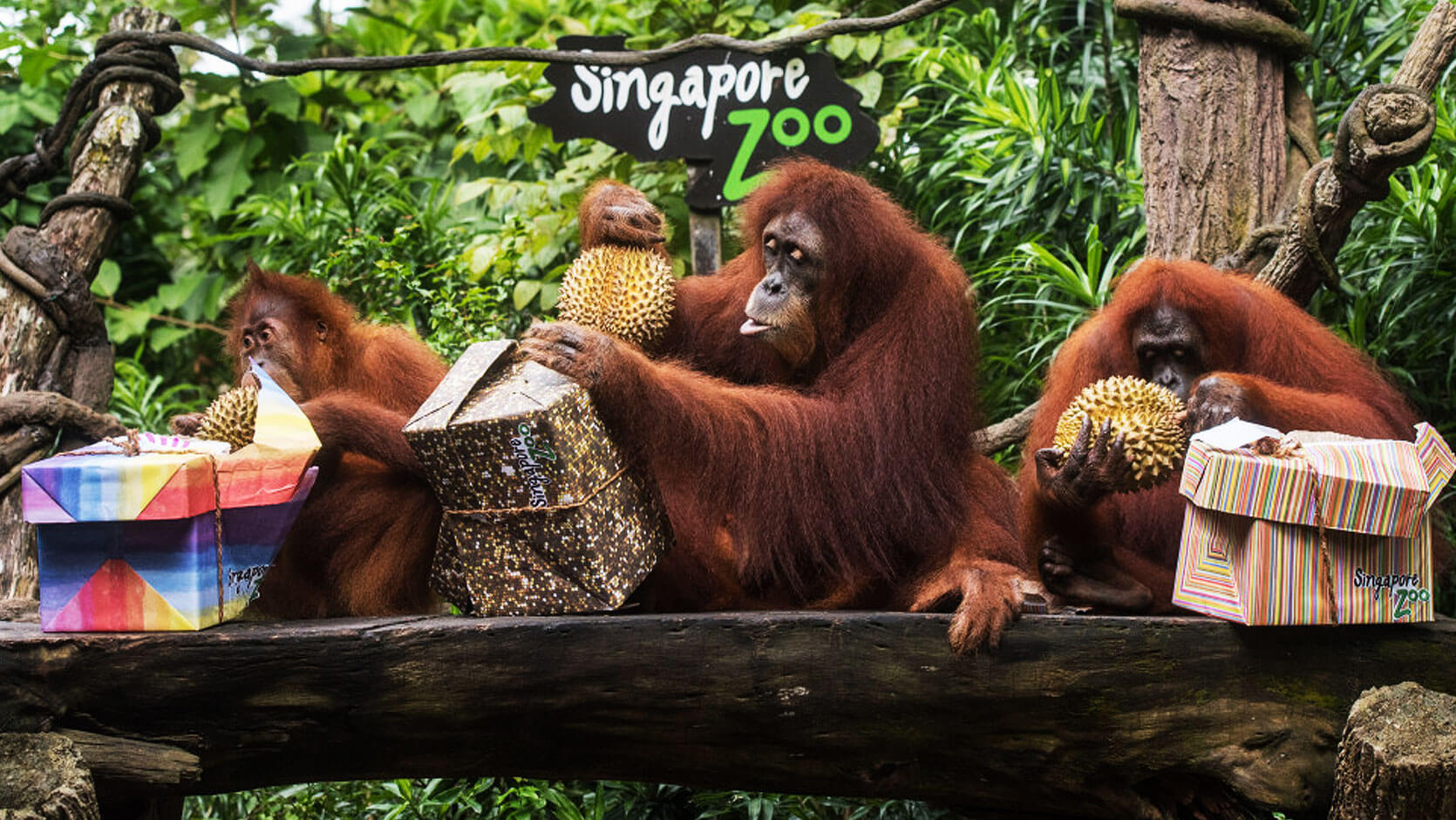The Singapore Zoo has seen many animals come and go since its inception in the 1970s. However, a few iconic creatures have come to represent the face of Singapore Zoo over the years.
The most famous of these is perhaps the Sumatran Orangutan, Ah Meng.
For the longest time, Ah Meng, the Sumatran orangutan, was the poster girl of Singapore Zoo. In fact, she was so popular that she is the only non-human to be named as one of Singapore’s Tourism Ambassadors. Her funeral was attended by over 4,000 individuals.
Some other animals that have drawn much adoration from the public included Omar, the White Tiger, Sheba the polar bear, as well as Sheba’s offspring, Inuka.
Ultimately, all these animals have one thing in common – they can all be classified as charismatic megafauna.
What are Charismatic Megafauna?
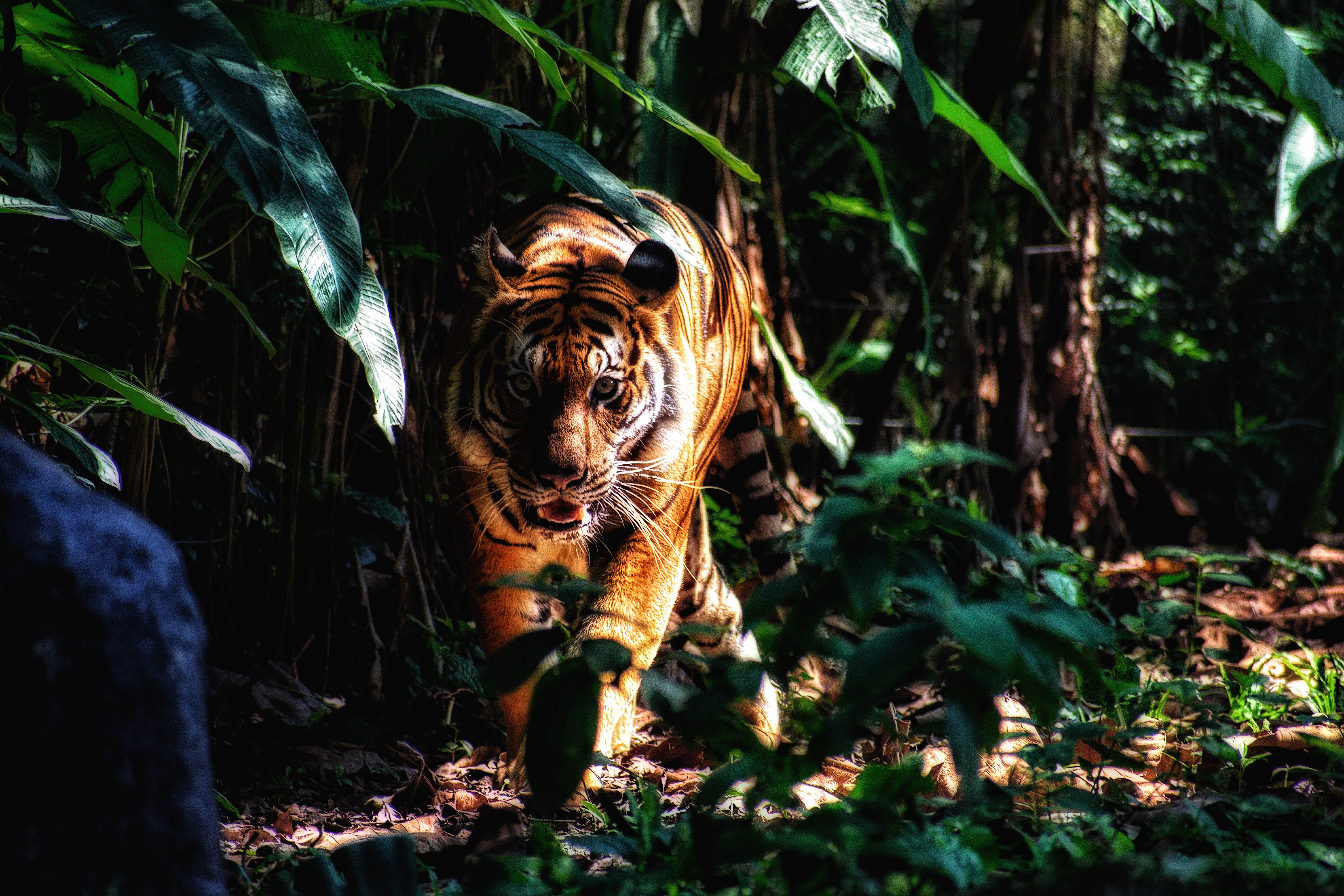
Charismatic megafauna are, simply put, animals that appeal to the masses. While “charisma” is a term commonly used in conservation biology to describe wildlife, the term has never been properly defined.
The Merriam-Webster dictionary provides only a vague understanding of what “charisma” refers to, defining it as a ‘special magnetic charm of appeal’. In a bid to better understand what makes certain species more charismatic than others, researchers Albert, Luque and Courchamp attempted to identify the 20 most charismatic species (in Western perception) and define the parameters for what makes them so attractive.
The researchers set six different traits of what they deemed made a species charismatic. Namely: rare, endangered, beautiful, cute, impressive, and/or dangerous. They then attempted to identify the 20 most charismatic animals as seen from a Western perspective.
Their results found that the species most appealing to the general Western public tended to be animals that are large, exotic, and terrestrial (such as tigers, elephants, giraffes, and pandas, among others). The three most dominant traits identified by them were that these animals were often seen as beautiful, impressive, and/or endangered.
Beauty: A double-edged sword
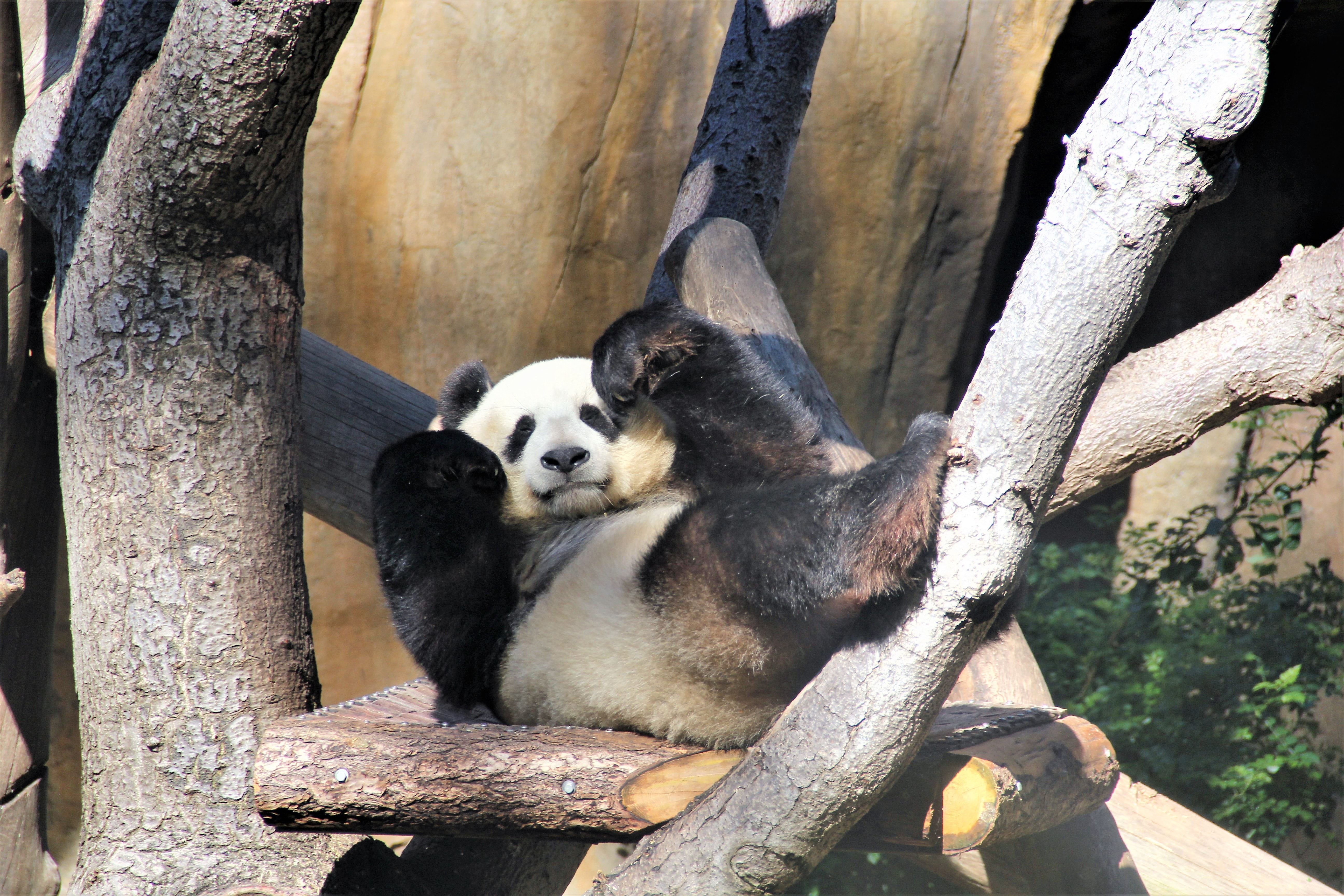
Charismatic animals often become the face of conservation campaigns due to their ability to draw public attention and evoke empathetic responses.
This can be seen in Singapore’s very own Wildlife Reserves Singapore, which used the Sumatran Orangutan as an icon. Additionally, World Wildlife Fund uses a panda in their logo, and world-renowned Australia Zoo is known for its crocodiles and koalas. These are only some examples of charismatic megafauna being used to represent conservation missions around the world.
Admittedly, these animals are often used for the greater good. People are naturally more attracted to charismatic species and are more willing to fund conservation programmes that are focused on such animals. They can thus be used as a means to harness public support for wider biodiversity conservation and goals.
There are also charismatic animals that serve as umbrella species – animals that tend to have a large home range and as a result, protection of these animals serve to protect other species sharing their habitat as well. For instance, both elephants and tigers roam vast amounts of land, which means that conservation efforts for these animals will inevitably include the protection of their habitat, which is also the home of its less charismatic counterparts.
However, this phenomenon can be both a boon and a bane. Using these animals as the face of wildlife conservation can cause an unequal focus to be placed on them, even if the ecological need is not necessarily the most crucial or urgent. Consequently, the general public may under-appreciate the general biodiversity and/or overlook non-charismatic species that are in more need of conservation attention.
ChannelNewsAsia (CNA) recently published a commentary on the pitfalls of focusing excessively on charismatic animals. The two ecologists underscored the issue that while these species help to get people interested in and excited about conservation, it also results in people ignoring the complexity of the ecosystems in which they thrive.
In Singapore, many are aware of the plight of the Sunda Pangolin, one of the most heavily poached animals in the world. Similarly, an adorable snapshot from this year of the elusive Raffles’ banded langur drew attention to the primate’s critically endangered status. Yet, the less attractive animals rarely receive the same attention.
To illustrate their point, CNA cited the example of how half of Singapore’s butterflies have gone locally extinct since the 1850s, a little-known fact in the general population. While it’s easy to overlook critters like butterflies, these insects perform vital ecological functions in keeping the ecosystem stable, which will ultimately threaten the survival of charismatic megafauna as well.
The plight of the undesirables
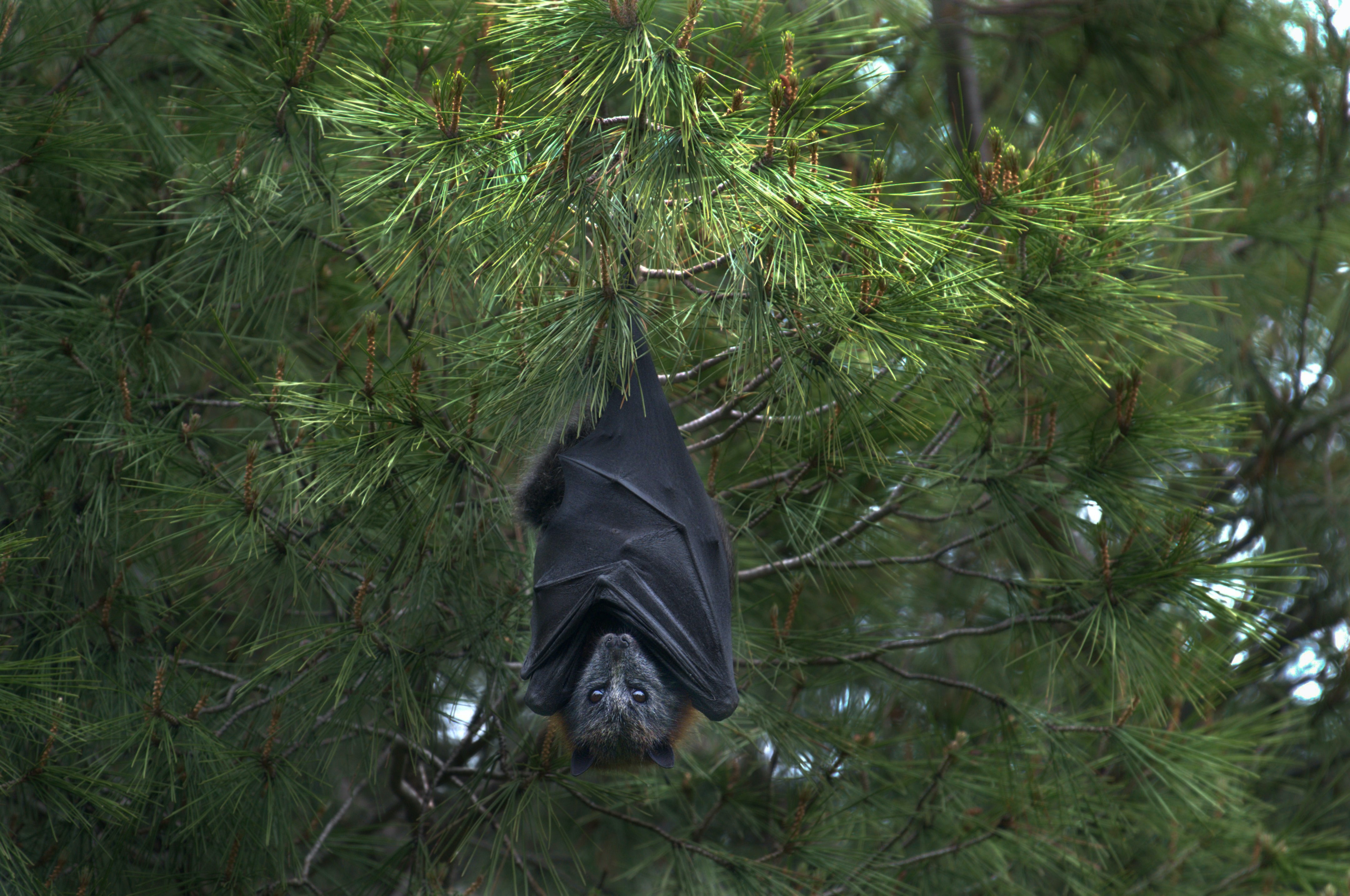
For every cute and cuddly animal that is highly adored, is an equally detested species.
Let’s take a look at the one species most salient at the moment due to the COVID-19 pandemic: Bats.
For years, these flying mammals have been the face of plagues, disease, and general bad luck. Yet, they actually play a vital role in our ecology, and almost a quarter of bat species populations are globally threatened. While it is widely-known and recognised that bats are carriers of many diseases, what is lesser known is that bats are one of the major pollinators in the ecosystem, alongside bees and butterflies.
Bats are the exclusive pollinators of some plants like the agave cactus in the United States and Mexico, and are major pollinators of others. In fact, the King of Fruits so dearly loved by Singaporeans might not exist without bats; the Island Flying Fox, one of the larger species of bats, is one of the main pollinators of the durian tree.
Therein lies the danger of deciding which animals should be saved based on their appearance or reputation; some animals vital to the maintenance of the ecosystem get neglected, and these very ecosystems form the bedrock that others (including charismatic megafauna) depend on for survival.
What can we do?
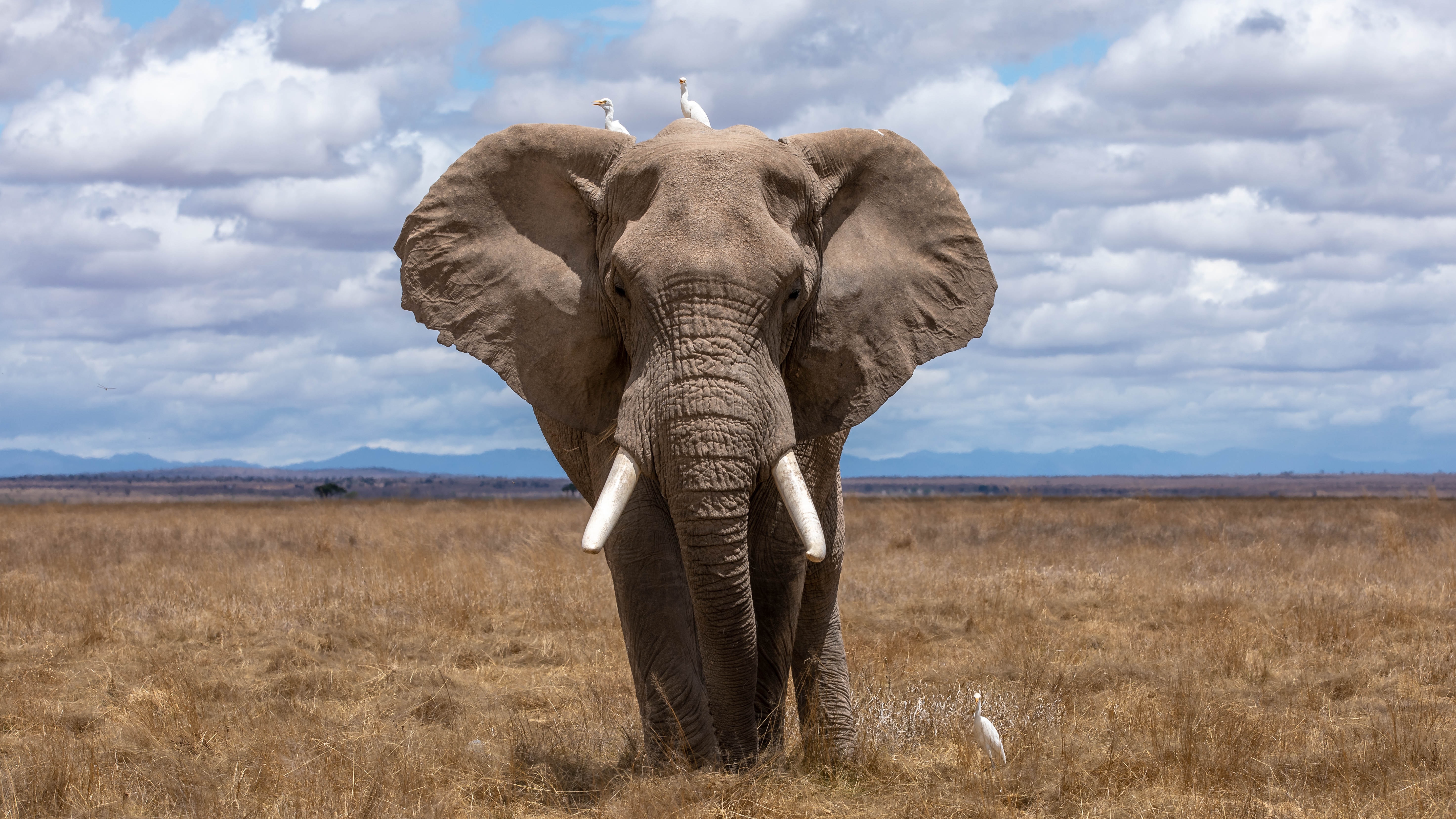
To quote Nelson Mandela, “Education is the most powerful weapon which you can use to change the world”. There’s a need for Singaporeans to view conservation as a sum of its parts, including not just charismatic species and what they represent, but also extending to other lesser-known species that do not garner the same appeal.
Moreover, conservation is more than just protecting animals alone. It also encompasses the environment on which the animals depend on for survival. Education about conservation and biodiversity needs to extend beyond simply protecting the orangutans, or otters, or sharks. Instead, it should be broadened to include habitats and the ecology in general.
There is no doubt that charismatic megafauna have their place in conservation efforts; they can serve as the getaway in which concepts of conservation are introduced given their appeal, but there is a need to ensure that education goes above and beyond.
So the next time you’re out and spot an animal or critter, take the time to figure on what they are, and how they contribute to the ecosystem. Teach it to your children and share the information with your friends. Who knows? You might come across some interesting tidbits of information!

Fun fact: If you spot these ‘chickens’ around Singapore, they might actually be red junglefowls! These birds are the ancient ancestors of chicken, and every species of domestic chickens today descended from this one species. They’re like modern-day dinosaurs, if you will. Unlike chickens, the red junglefowl have grey legs instead of yellow, and are able to fly short distances.
Red junglefowls are listed as endangered in Singapore, although populations have been increasing in recent years. Several culling incidents of these birds back in 2016 and 2017 garnered much public outcry after the public learned the truth behind these birds, that they were an endangered species and not the common domesticated chickens.
So you see, education can indeed make a difference. The onus is on us to be good stewards of nature, and we can only do so if we have sufficient information.
Join the conversations on THG’s Facebook and Instagram, and get the latest updates via Telegram.
